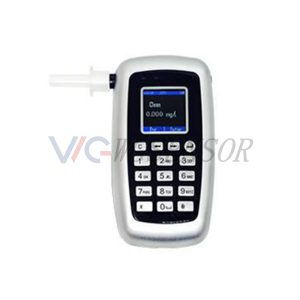In the realm of public safety and law enforcement, the evolution of alcohol testing devices has significantly transformed how authorities gauge and manage intoxication levels. From rudimentary methods to highly sophisticated technologies, the progression of these devices has played a pivotal role in ensuring safer roads and workplaces.
The inception of alcohol testing can be traced back to the 1920s, where early efforts relied on crude breath-based assessments. These methods lacked precision and were often unreliable. However, the need for more accurate testing burgeoned with the rising concerns of drunk driving incidents.
The watershed moment arrived in the 1950s with the invention of the Breathalyzer by Robert Borkenstein, revolutionizing alcohol testing. This portable device utilized chemical reactions to measure alcohol levels in a person’s breath, offering law enforcement a more efficient means of detecting intoxication on-site.
Subsequent decades witnessed significant advancements, incorporating more sophisticated technologies such as fuel cell sensors and infrared spectroscopy. These innovations enhanced accuracy and reliability, leading to the development of handheld devices like the AlcoMate and Intoxilyzer, which became staples in law enforcement worldwide.
Moreover, the proliferation of alcohol testing devices extended beyond law enforcement. Industries such as transportation, healthcare, and workplaces integrated these tools to ensure safety compliance and mitigate risks associated with alcohol impairment.
Recent advancements in technology have ushered in a new era of alcohol testing devices. Miniaturization and integration with smartphones have made personal breathalyzers more accessible to the general public. Apps connected to these devices offer real-time readings and even provide guidance on safe alcohol consumption limits.
Furthermore, research into alternative testing methods, such as wearable biosensors that analyze perspiration or saliva for alcohol content, shows promise for future innovations in non-invasive and continuous monitoring.
The application of alcohol testing devices continues to diversify, with authorities implementing stricter regulations, workplaces enforcing stringent safety protocols, and individuals becoming more proactive in monitoring their alcohol intake for personal well-being.
While these devices have undoubtedly made significant strides in curbing alcohol-related incidents, challenges persist, including calibration accuracy, ethical considerations regarding privacy, and the need for standardized testing protocols.
In conclusion, the evolution of alcohol testing devices has been marked by innovation and progress, from the rudimentary methods of the past to the highly advanced, user-friendly tools of today. As technology continues to advance, these devices are poised to play an increasingly vital role in fostering a safer and more responsible approach to alcohol consumption across various facets of society.


Please contact us for free quotation by form below. We promise the quickest response within 24 hours: